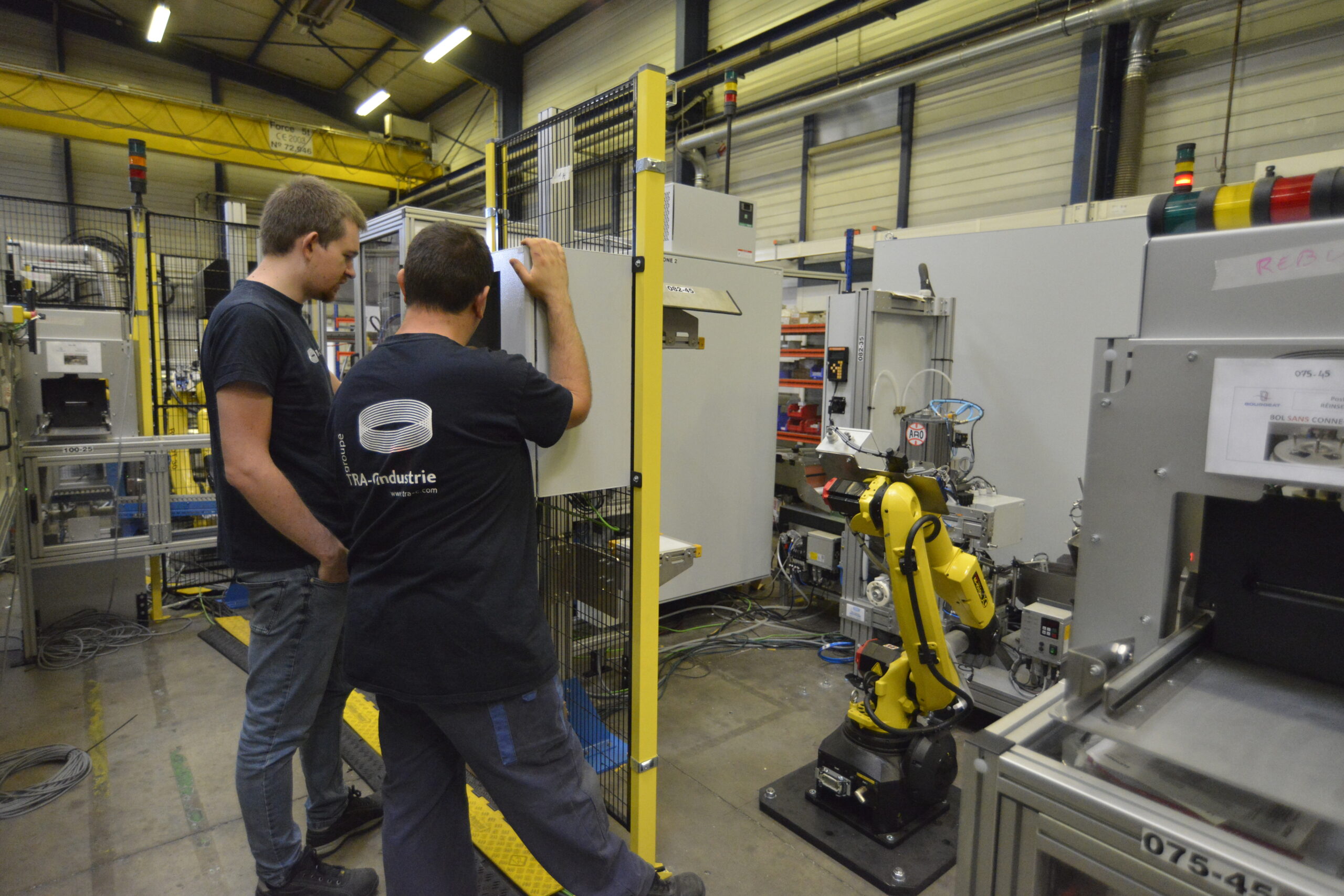Automation of a production line, the complete guide
The automation of a production line, in whole or in part, is an undeniable source of improvement in productivity and safety in the industrial world. Unrivalled in its ability to reproduce the same manufacturing gesture again and again, it solves crucial problems in a short time: constant guarantee of the level of quality, offloading of unpleasant or dangerous tasks from humans to the machine. But how to successfully automate a production line? What will it bring to the field? What are the points of vigilance? Here are some highlights and helpful tips.
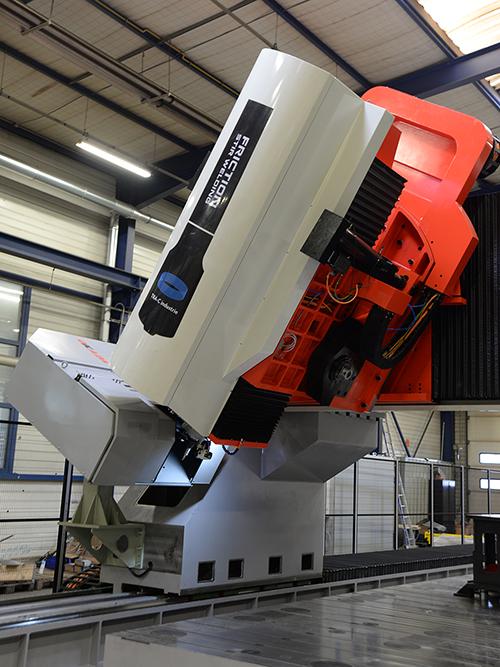
What is the automation of a production line?
All sectors of industry, familiar with the high stakes of production line management, are concerned by the automation of production lines. But what does this mean in concrete terms?
The combination of machines, electronics and computers
Deciding to automate a production line means using a very specific industrial process. It combines electronics and computers, machines and industrial equipment, with a coupling designed to ensure the functioning of all operations. These are supervised by a line operator.
His role is to maintain constant surveillance, verify that quality criteria are met and satisfy adjustments, first level maintenance. Depending on the objectives to be reached and the given configuration, the automation of a production line can be implemented on the whole route or only on a part.
An industrial process that produces while analyzing its production
During the operating process, a series of sensors collects information and measurements, transmits them to the operator who takes the appropriate decisions. The automation of a production line also has a self-reflexive side. Indeed, if in order to function correctly, the automated line is subject to data programming upstream, it in turn produces data downstream.
This set of data generated by the system allows for rich analyses: maintenance forecasts, volumes consumed and potential savings, favorable or unfavorable external conditions.
It is an ideal solution to identify where the strengths or weaknesses lie. The correction of failures and the consolidation of strengths become the basis for the continuous improvement of your performance.
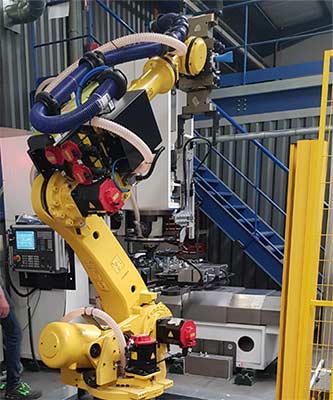
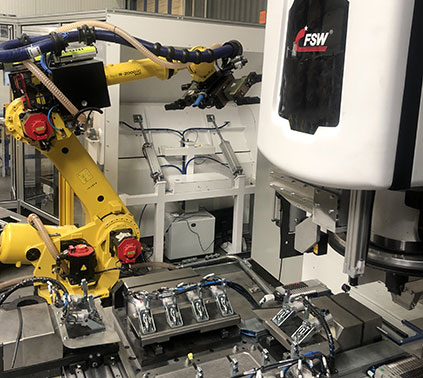
How to automate: the importance of using a company specialized in robotics integration
As you can see, the automation of a production line is much more than the installation of a supervision software. It is based on an in-depth study of your specifications, the constraints of your business and the type of products you handle. Similarly, it is impacted by the configuration of the premises and the teams. Whether it is conceived on the whole line or by islands, it must be perfectly integrated into your specific environment.
To meet your specific needs, TRA-C Industrie designs, manufactures and installs your automation solutions. We also train your employees to help them increase their skills.
The determining role of programming
The design phase of the automation of your production line includes a part of expertise, another of technical reflection, and finally a propensity to innovate. Added to this is the ability to combine multidisciplinary logics. It is essential that an industrial design office develops a truly customized system for you.
There is no doubt that you have to integrate the different dimensions of your business and your machines. The quality of the calculations, the resulting programming and the calibrations depend on it. In the design phase of the automation of a production line, attention to simulations and a sense of challenge to overcome obstacles are essential keys to success.
For this reason, we attach great importance to working with teams that bring together the necessary range of skills: mechanical engineers, robotics, electrical engineers, projectors/designers.
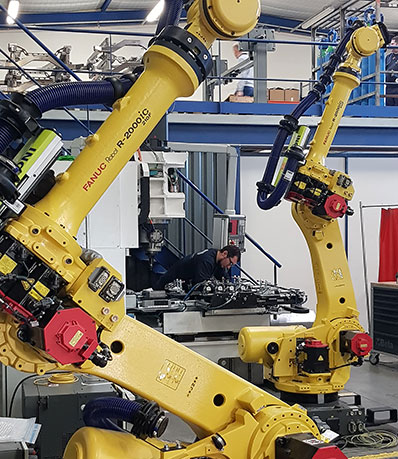
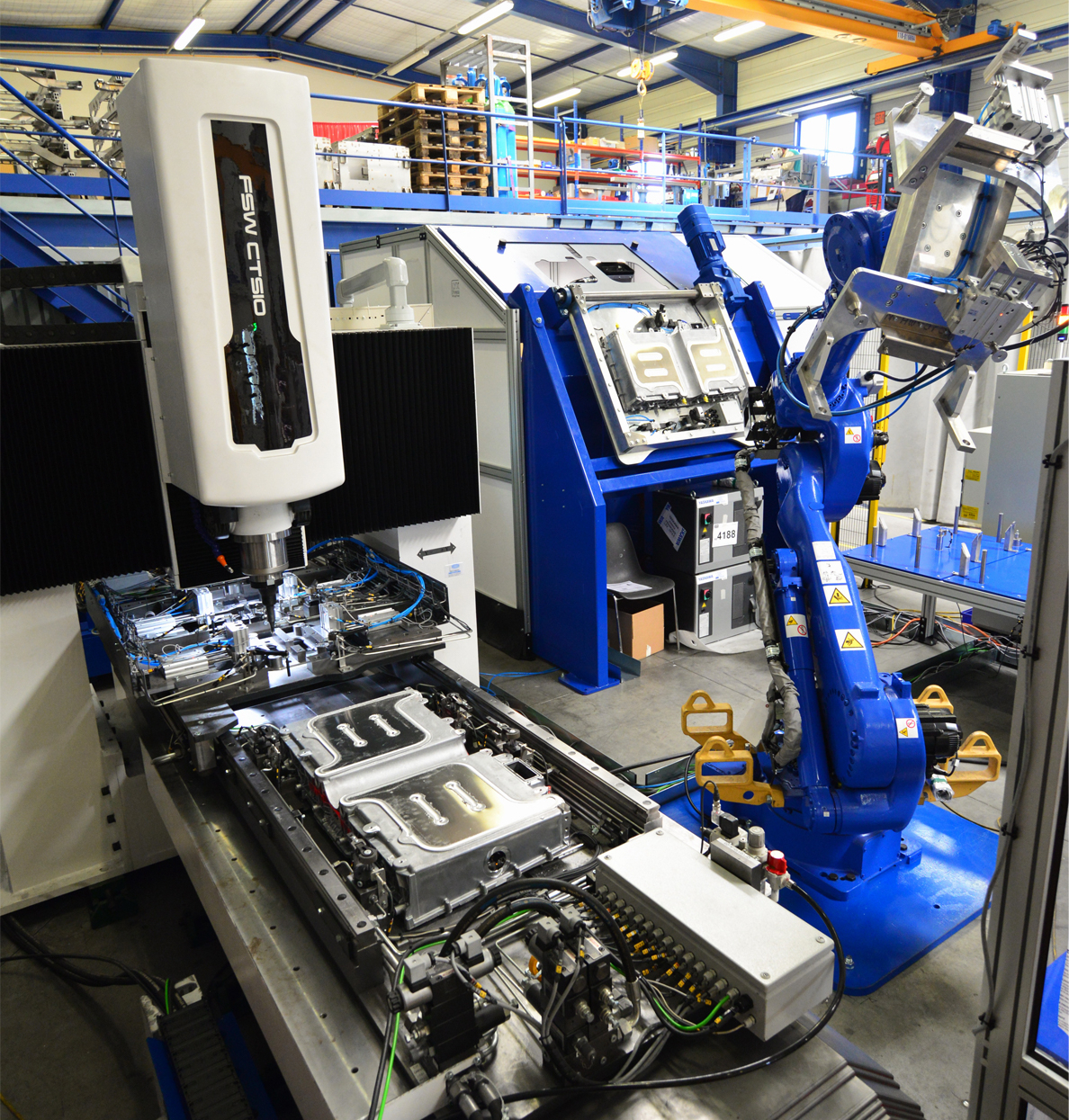
The benefits to be expected from the automation of a production line
Installing a new integrated system goes beyond simply increasing productivity and lowering costs. This redistributes the roles given to each, while simultaneously taking into account technological, economic, ecological and human realities.
The automation of a production line gives a new position to your teams
Automating a production line is equivalent to asking a machine to replace a human. Some will see this as a negative aspect, but then they will realize that in the automation of a production line, the operator enters a new role: the supervision of the system from a control center. He remains the foundation of success, with irreplaceable know-how, knowledge and appreciation of situations.
This reallocation of tasks leaves to industrial robotics those that are considered the most tedious, the least motivating, too monotonous or boring. At the same time, it makes advanced technologies more and more accessible, at all levels.
Automation brings human/robot collaboration to a new level
The automation of a production line does not imply the absence of the employee in the art gestures. Better yet, it can be conceived as a production line during which cooperation between machine and human is omnipresent. Again, this highlights the importance of using a specialist in advanced industrial production technologies. Learn more about automation in industry.
The approach is to remove the part of the intervention that is the most risky for the operator or to make possible what cannot be done by a human being. The cobot that takes on extreme conditions in place of an employee is the perfect illustration. It is therefore a way to open up new opportunities and to realize more audacious projects.
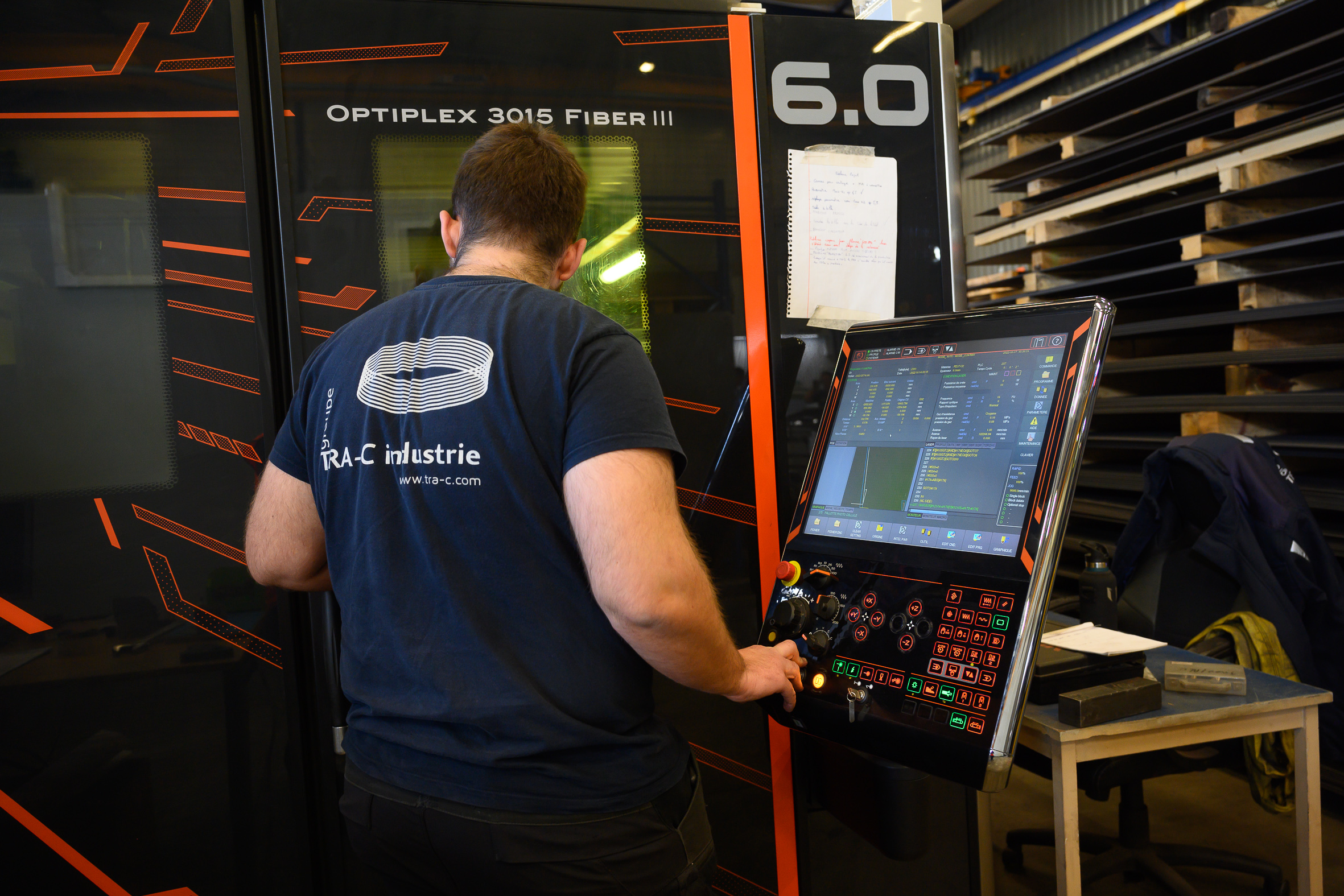
Automating a production line: 10 good reasons to do it
- Minimize drudgery and risks
- Increase your innovation potential
- Constantly control the quality level of the production
- So reduce losses
- Maintain a continuously improving performance thanks to data
- Respond to fluctuations in demand
- Better manage energy and raw material consumption, reduce waste
- Optimize your premises and team production
- Give a new look to your business
- Gain in flexibility and reactivity to meet your customers’ customization requests.


